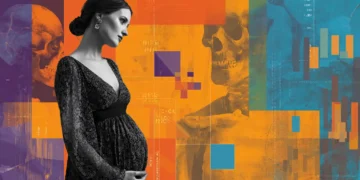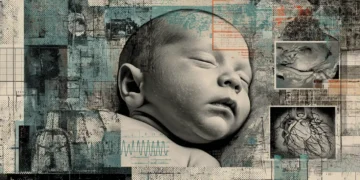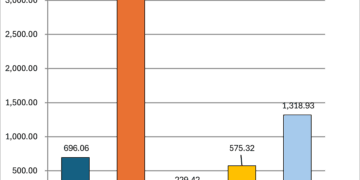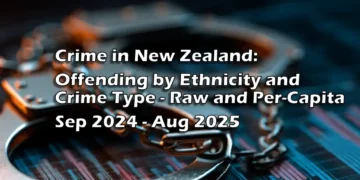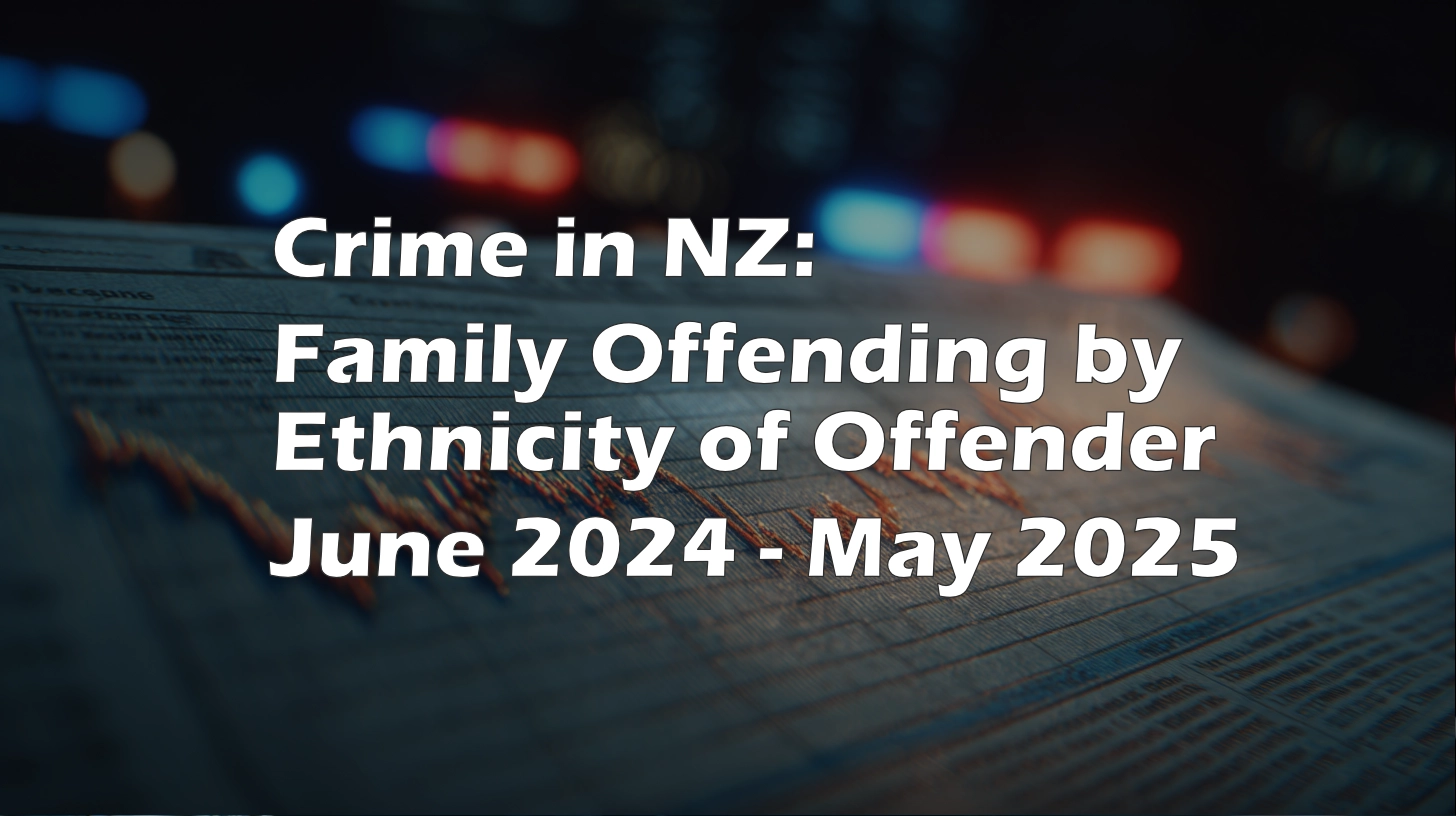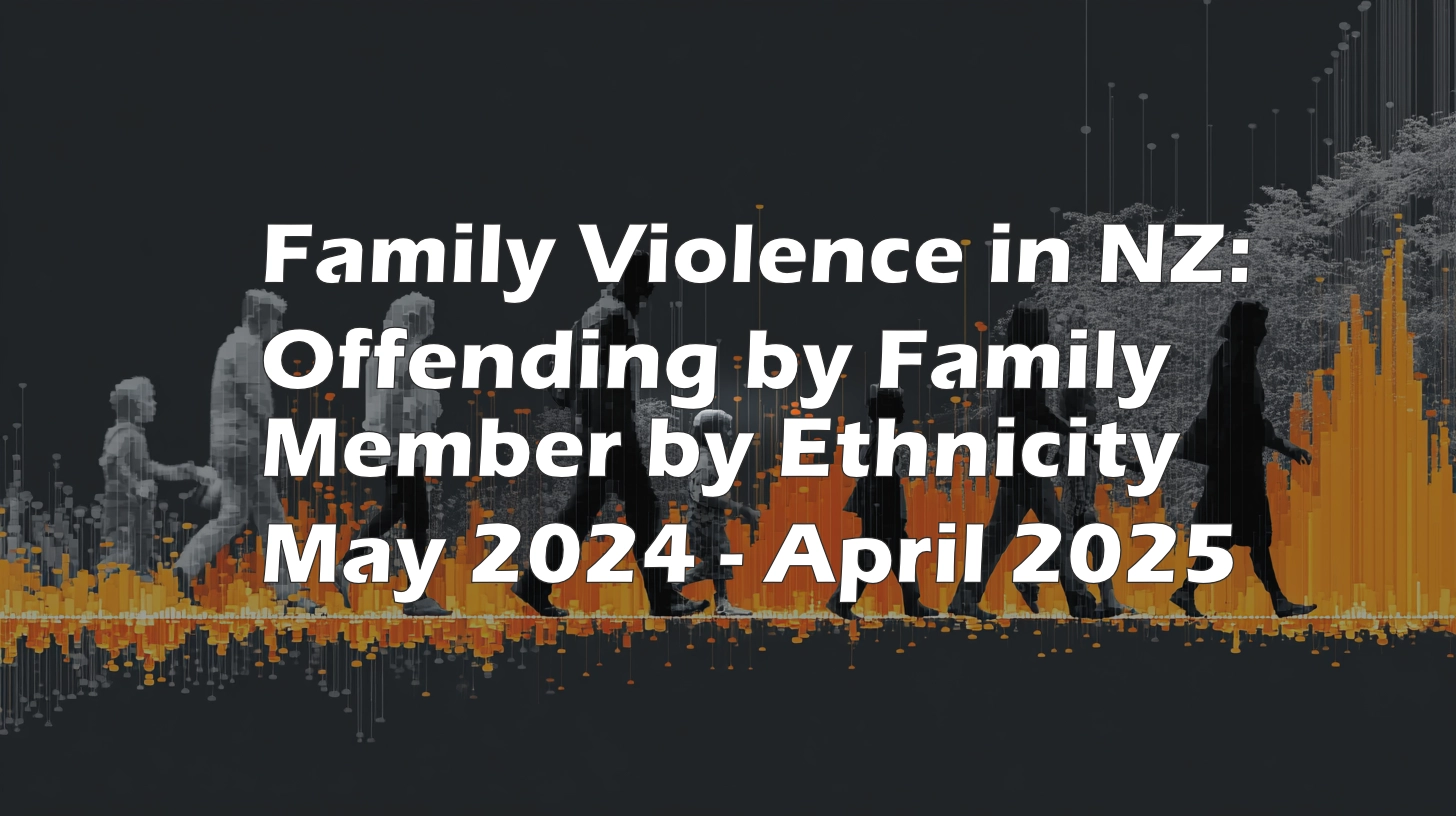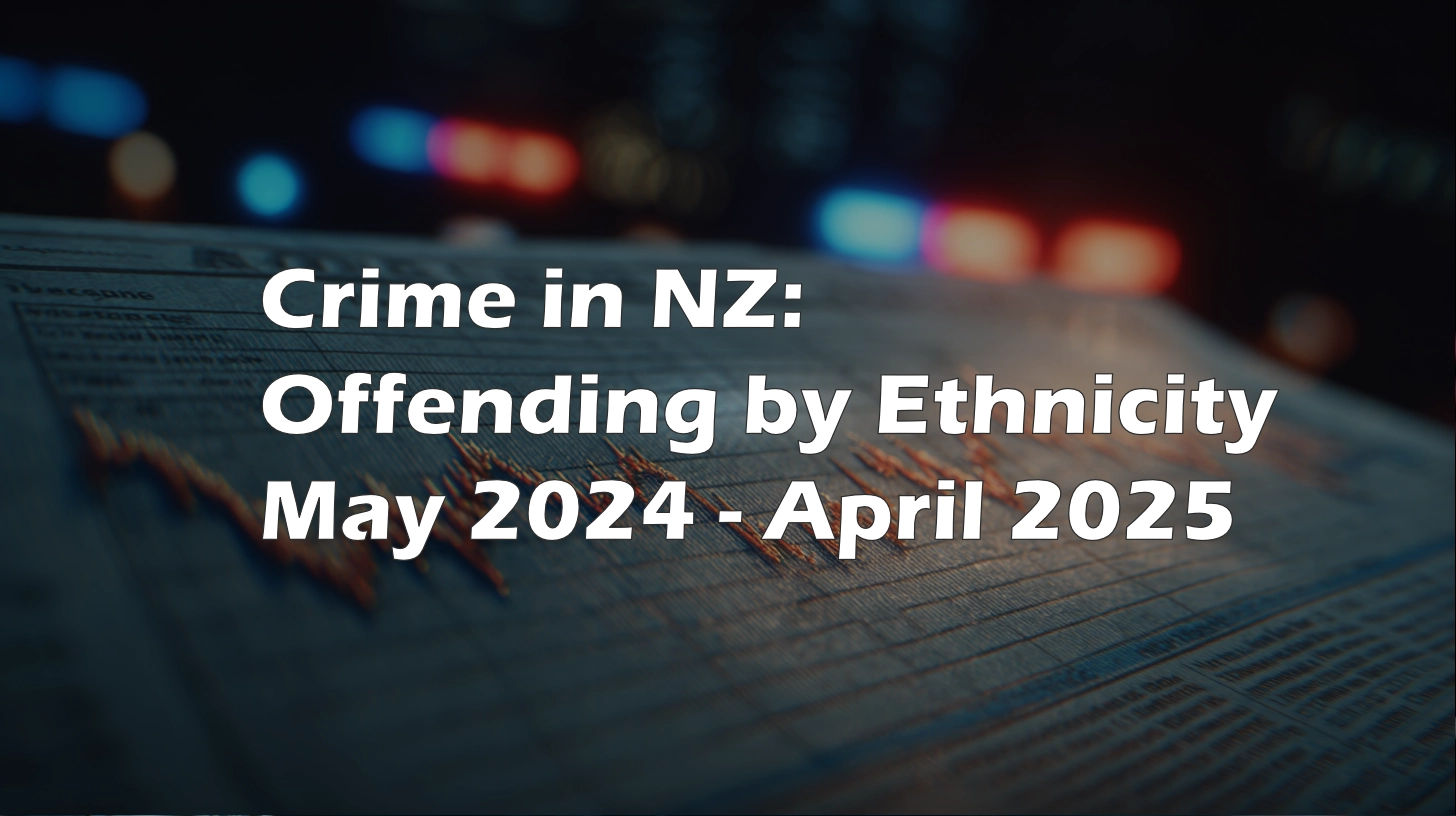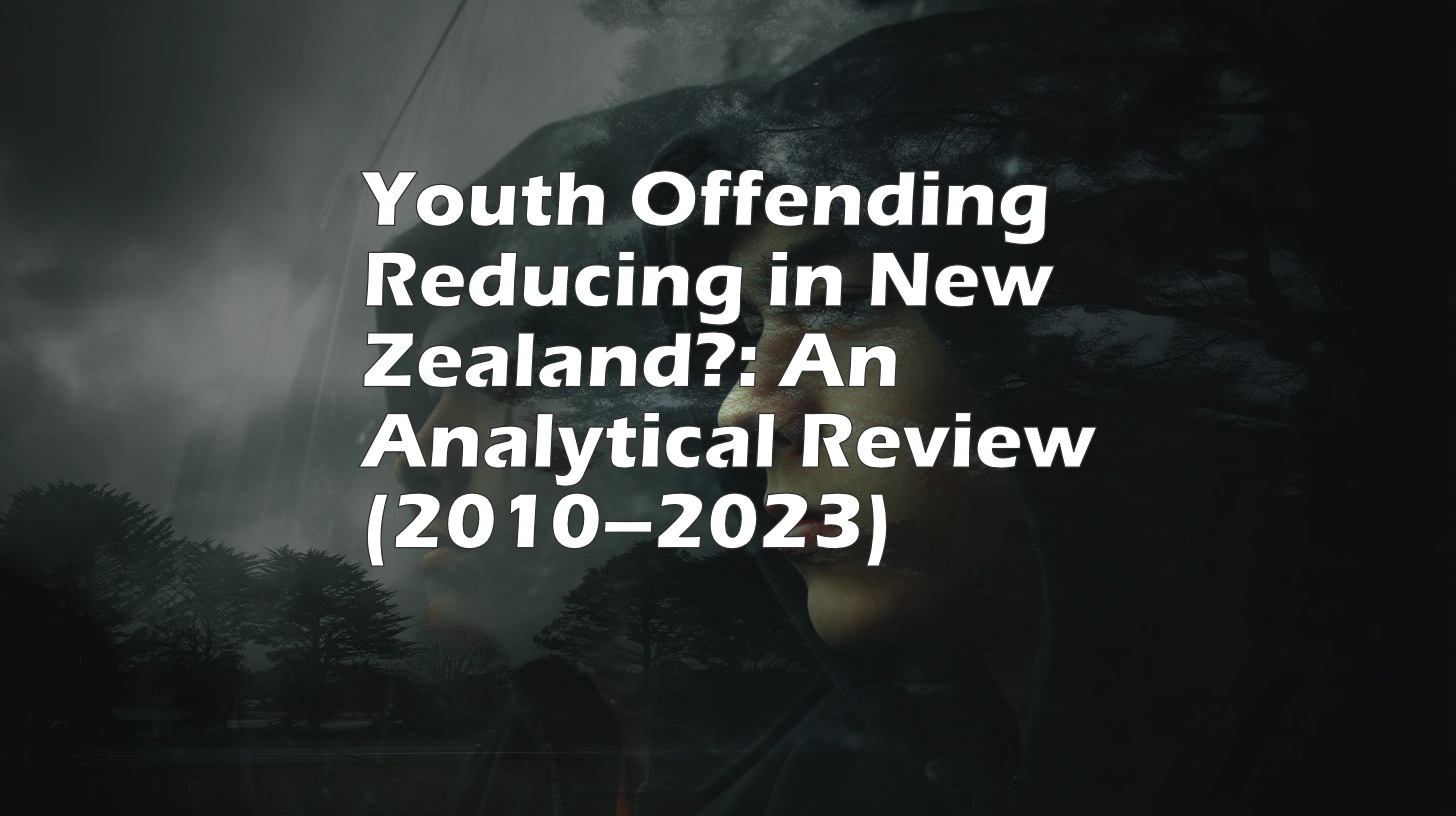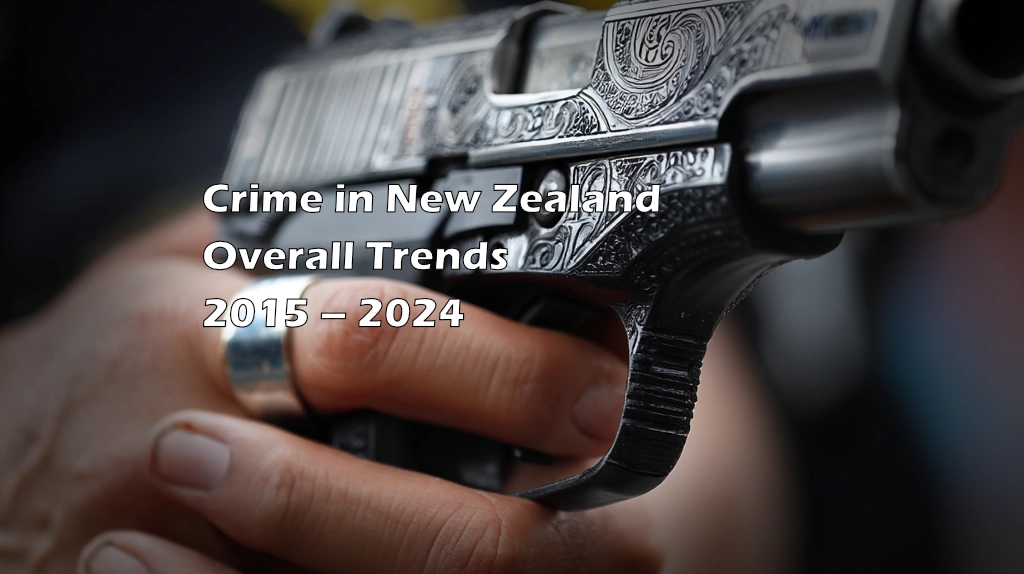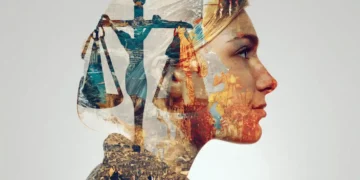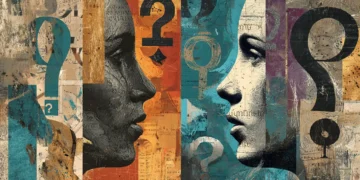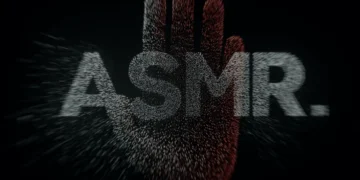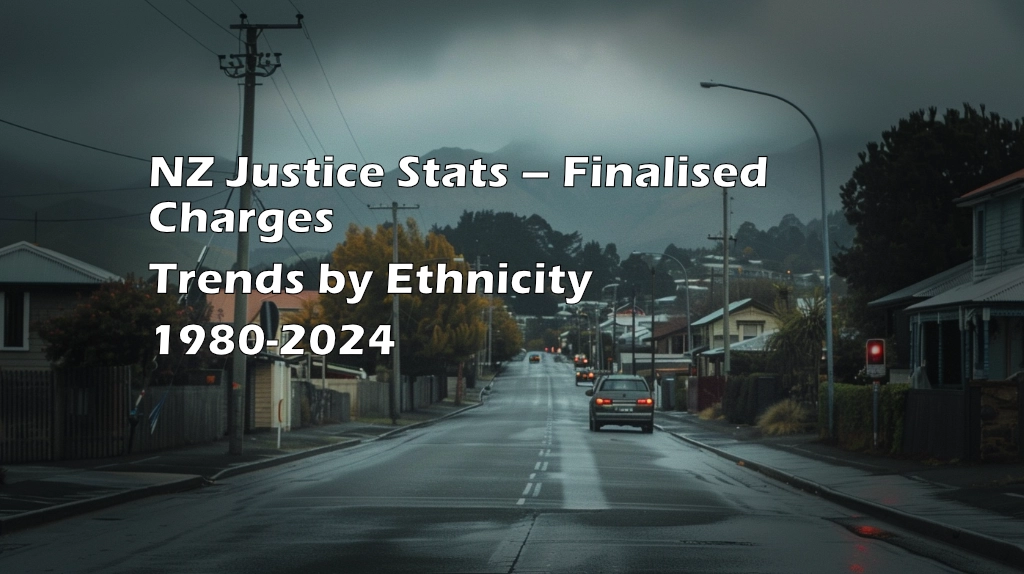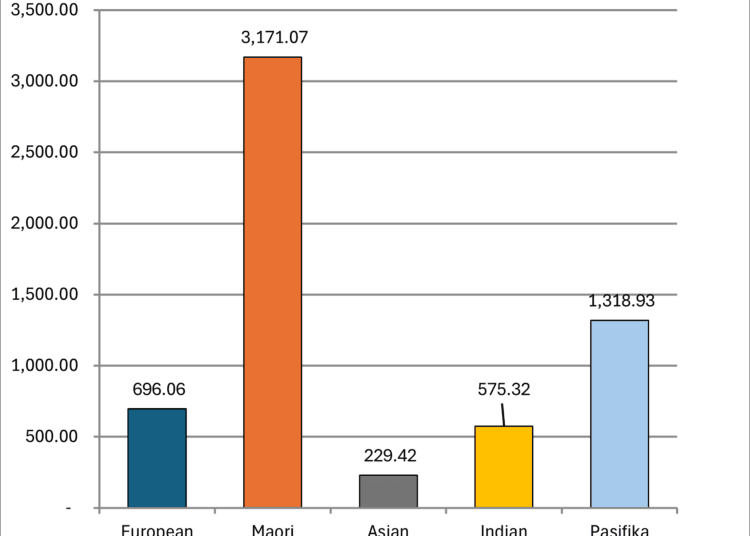Māori Overrepresentation Persists in Justice System, Latest Data Shows
The ethnic composition of people facing finalised criminal charges in New Zealand continues to tell a story of deep inequality and evolving demographics, according to the December 2024 Ministry of Justice data spanning four decades (1980–2024).
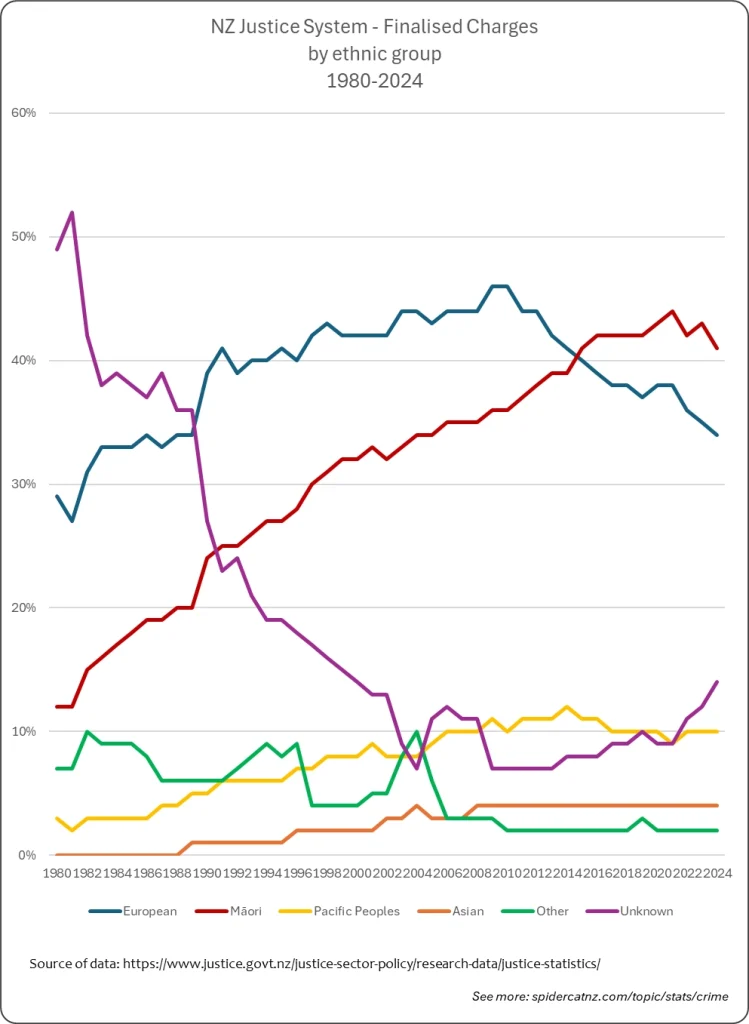
Māori: Nearly Half of All Cases by 2024
Perhaps the starkest finding is the continued—and increasing—overrepresentation of Māori in the justice system. Back in 1980, Māori made up approximately 12% of all people with finalised charges. By 2024, that figure has ballooned to 41%. In raw numbers, 27,833 Māori appeared in finalised charge statistics for 2024 alone.
For advocates and researchers, this trend is troubling but not new. It reflects systemic issues in society: socioeconomic disadvantage, state care history, institutional bias, and over-policing in Māori communities. Despite decades of national conversations about equity and justice reform, the gaps remain wide.
Europeans: Declining Share, Still Significant
Pākehā/Europeans, historically the dominant group by number, have seen their share fall over time—from 46% in 2009 to 34% in 2024. Though still a major component of the cohort, the proportional decrease reflects both demographic shifts and the rising visibility of other groups in justice statistics.
Pacific Peoples and Asians: Gradual Rise
Pacific peoples now account for 10% of all people with finalised charges, up from just 3% in 1980. The increase has been steady, reflecting both population growth and changing migration patterns. Asian representation, while still relatively low (4% in 2024), has also seen modest growth since the 1980s, tracking with broader national demographic transitions.
“Other” and “Unknown”: Data Quality Improves
A notable technical change over the years is the sharp reduction in “Unknown” ethnicity. In the 1980s, as much as half of all charge data had no associated ethnicity recorded. By 2024, that figure fell to 14%. This improvement in data quality offers a far clearer, though more sobering, picture of the ethnic realities of justice in New Zealand.
The Multiple Ethnicity Factor
It’s important to note the methodological footnote: these figures count people in every ethnicity they identify with, so totals add up to more than 100%. This approach provides a truer reflection of New Zealand’s multicultural society, but means that direct summation of percentages overstates the total number of people.
Context and Implications
Experts say the figures underscore urgent priorities facing both government and communities:
- Māori-led justice solutions: Calls grow for more kaupapa Māori approaches, both in prevention and in the justice process itself.
- Addressing root causes: Poverty, educational disengagement, housing, and health inequity form the backdrop to these patterns.
- Better data, better policy: Improving the accuracy of ethnicity data has helped clarify where interventions must be targeted.
By the Numbers: 2024 Finalised Charges, by Ethnicity
- Māori: 41% (27,833 people)
- European: 34% (22,820 people)
- Pacific Peoples: 10% (6,717 people)
- Asian: 4% (2,694 people)
- Other: 2% (1,380 people)
- Unknown: 14% (9,350 people)
The takeaway: New Zealand’s criminal justice system remains a mirror held up to the country’s social divides—especially for Māori. And while data collection has improved, the challenge of equity remains as pressing as ever.





